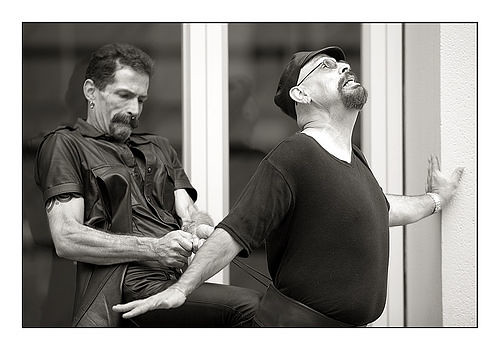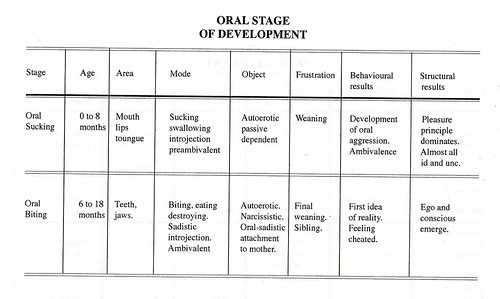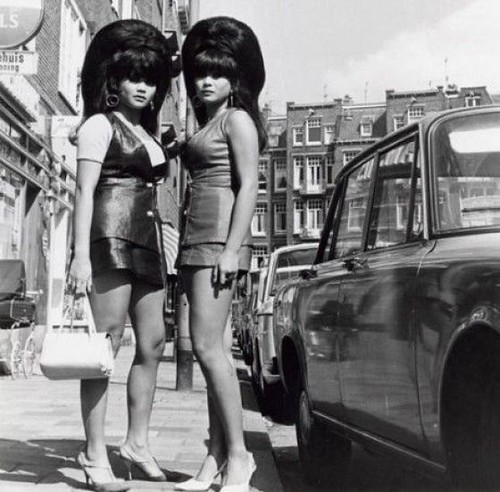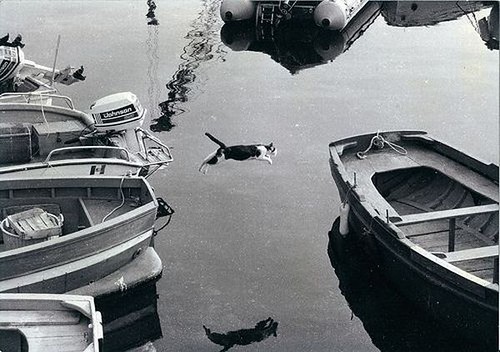(This is a work in progress and will be added to over time).
The problem with interviewing children in counselling is that they are highly suggestible and they look to parents (big people) to define reality.
Because a child has a poorly formed Adult ego state it therefore becomes suggestible. If a child interacts with her brother then she will remember that interaction in her Adult ego state. If an adult person comes along and suggests or says things happened which did not happen then that child may take on what she was told happened rather than what actually happened. The less robust the Adult ego state the more likely this can happen.

This can range from the very serious where it is believed the child may have been assaulted by someone to the benign when its a feeling about a pet fish dying.
In interviewing a child there are times when the therapist is wanting to get the facts of what happened to a child or some event they were involved in. This is the hard to do because the child is suggestible. The interviewer needs to be cautious they get the information from the child rather than suggesting facts to the child which the child then takes on as facts and presents back to the interviewer.
To avoid suggestions the interviewer must do what is known in the legal profession as avoiding asking leading questions.
“And what did your brother do to you in the back shed?” is a leading question.
Besides asking the child for information it also says to the child
You were in the back shed
Someone was there with you
That person was your brother
He did something to you
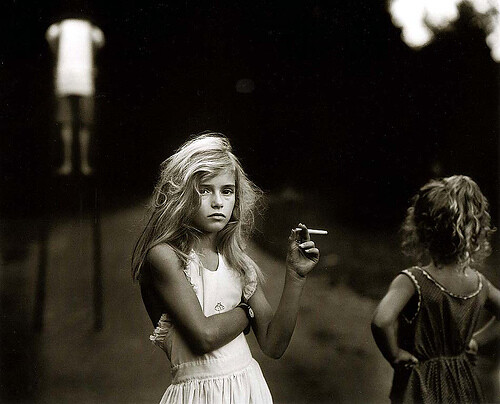
The weaker the Adult ego state the more the child will take these on as facts that actually occurred. The child may not have been in the back shed for two years. It all of a sudden starts thinking
“I was not in the shed but he said I was so maybe I was and I don’t remember it right”.
The child has now become highly suggestible. Its already weak Adult ego state has become even weaker. It has accepted that in this interview what it recalls is probably inaccurate and the interviewer is in essence telling it what really happened.
This can be made even worse when the interviewer confronts an answer. The child may respond with some sort of comment about not being in the shed. The interviewer takes this as a repression of the event because it was traumatic or maybe as an attempt to protect the brother. He then questions the accuracy of the child in recalling where the event took place and the child’s belief in their recall of the facts is made even more fragile.
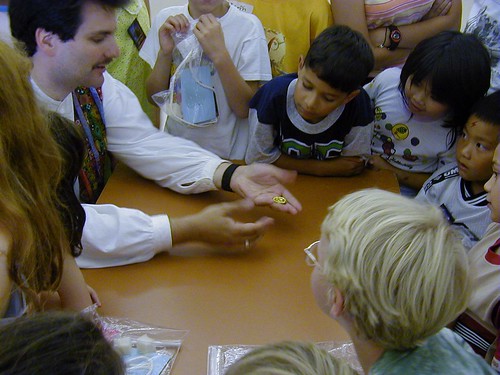
Did it really happen?
Thus in interviewing a child one at times must avoid asking leading questions. If one is wanting to get facts from a child leading questions must be avoided. One asks questions with no or very few assumptions in them. One could ask
Where did you play that day?
What were you playing?
Do you play that game by yourself or with other people?
Who have you ever played that game with?
Is it fun to play with him?
As you can see these questions head in the same direction as the question
“And what did your brother do to you in the back shed?”
But they are allowing the child to define when, where, who and what. I would also be asking these questions whilst having the child distracted by some activity such as drawing. This allows the child more ‘space’ and one can look for changes in the child’s drawing (Behaviour) as the questions are being asked.
Here I have given an example of a legal type of situation which child psychotherapists are sometimes required to do. Leading questions also can interfere in the therapeutic process in a more psychological way which will be discussed next.
Graffiti


